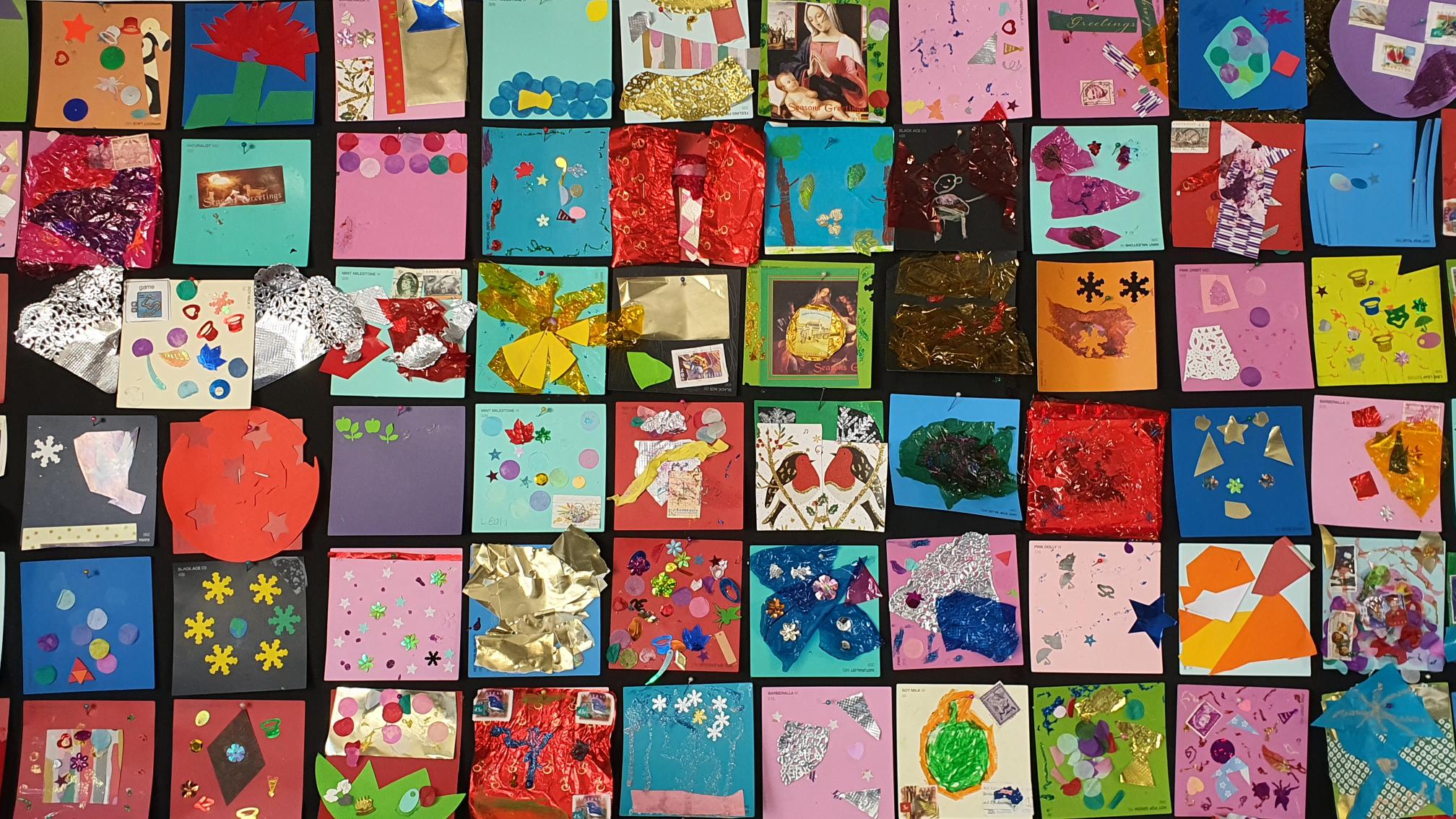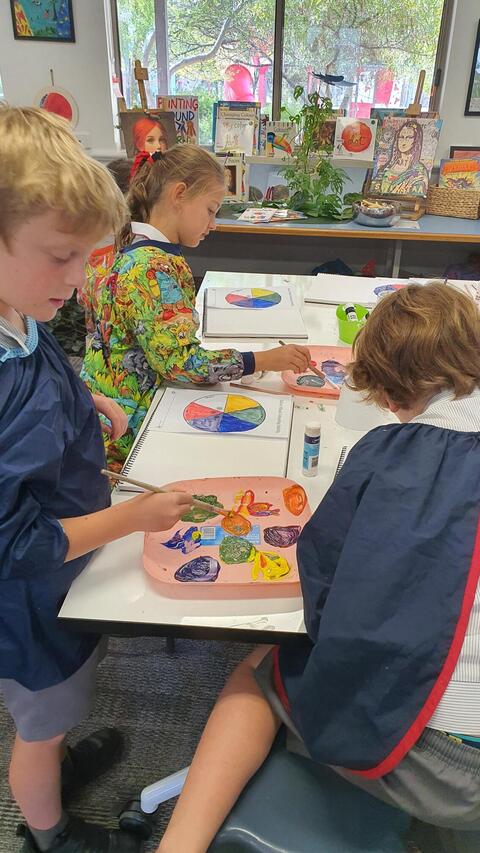The Arts Program at Emmaus is developed throughout the year, covering Visual Arts, Dance, Media Arts, and Drama.
There are four interrelated strands of the Arts:
• Exploring and Responding
• Developing Practices and Skills
• Creating and Making
• Presenting and Performing
These provide a framework for their art experiences. As artists, students have the opportunity to explore communication, imagination, and creative and critical thinking skills through each Arts subject as they explore, engage, and participate together.
In Visual Arts, students have the opportunity to strengthen their understanding of the art elements of line, shape, color, form, value, texture, and space and apply them in their own artworks. Students experience and explore the concepts of artist, artwork, world, and audience. They learn about visual arts practices, developing practical skills, techniques, processes, and products with a diverse range of materials.
In Dance, students use their bodies as the instrument of expression and movement as the medium. In our lessons, the elements of dance—time, space, dynamics, and relationships—are worked together and underpin all dance activities. Students develop practices, creative skills, and confidence for choreographing, performing, and responding to dance. They identify features of dance that communicate cultural knowledge.
In Media Arts, students explore media arts works and media contexts in the lives of individuals and groups across cultures, times, places, and communities. Students work collaboratively and use traditional and emerging media technologies and creative processes to plan and produce media arts works. Students critically reflect on the role of media in society, learning how media is used culturally and how it may be negotiated by different audiences and its impact on others and their own understanding of the world.
In Drama at Emmaus, students discover how they and others communicate feelings and understandings through drama. Students learn drama knowledge and skills through the practices of creating, performing, and responding to drama. The elements of drama include role, situation, language, place, movement, time, character, relationships, voice, tension, space, mood, atmosphere, contrast, symbols, and focus. Students learn and apply how the elements work dynamically together to create action and dramatic meaning.



